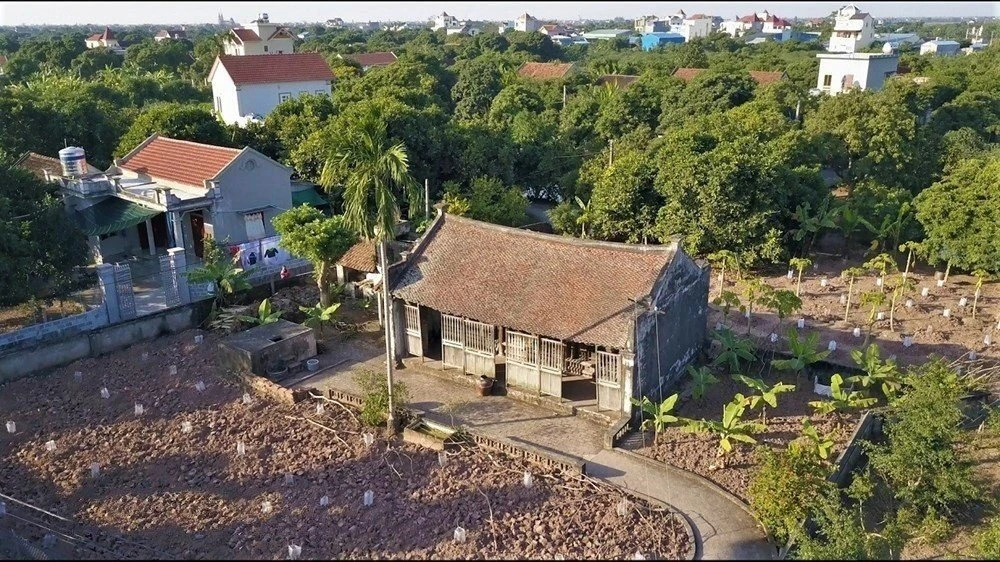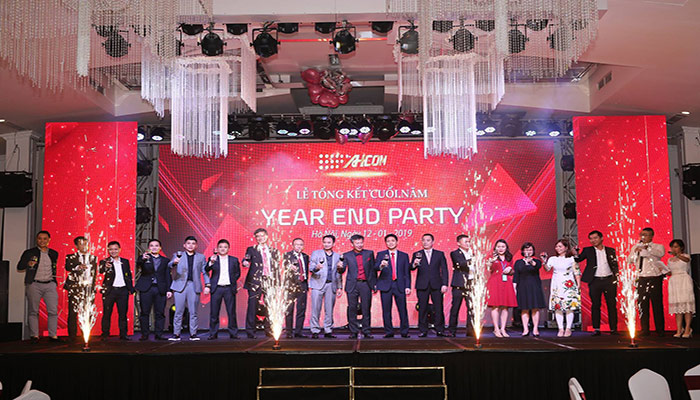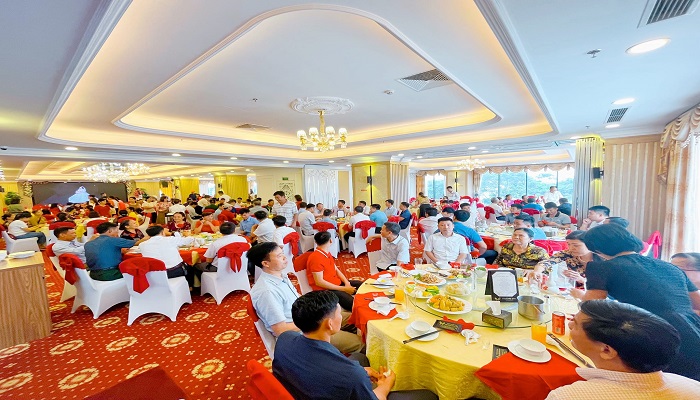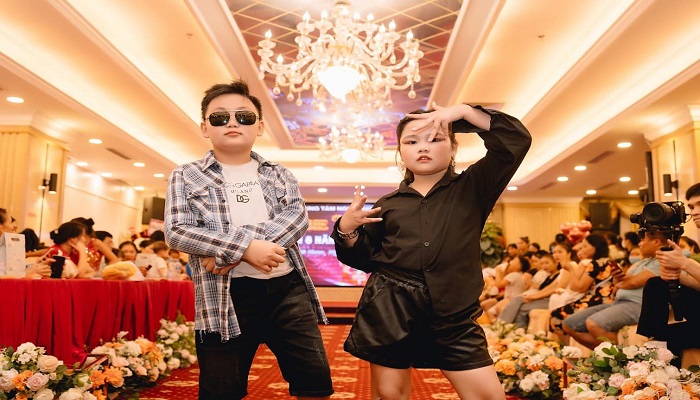Ba Kien's House - A Pathway to Memories of Vietnamese Countryside
The house is situated on a 900-square-meter plot in Dai Hoang village (Hoa Hau commune, Ly Nhan district, Ha Nam province), now known as Vu Dai village.
.jpg)
It is known that this house originally belonged to Tran Duy Hanh, a famous wealthy merchant in the southern Red River Delta region. In early 1910, Tran Duy Hanh hired over 20 skilled carpenters from Ly Nhan district to build the house, which took nearly a year to complete.
Many people wonder if the character Ba Kien in Nam Cao's work "Chi Pheo" was real. In fact, this character was based on a real person. The prototype for Ba Kien was Tran Huy Binh, also known as Ba Binh, a colonial official in northern Vietnam at the time. He bought the house from Tran Duy Cat (Hanh’s grandson).
The House of Ba Kien is a three-room house designed and constructed in the traditional style of the northern plains of Vietnam. Inside, there are four rows of columns, totaling 16 ironwood pillars. Each column base is set in stone, and the roof is covered with traditional tiles. Notably, you can see many intricate Chinese characters and dragon carvings on the beams, rafters, and purlins. Therefore, the house was considered one of the most imposing structures in the area at that time.

After passing through seven owners, in 2007, the People's Committee of Ha Nam province decided to purchase the house for 700 million VND from Tran Huu Hoa's wife and entrusted it to the Ly Nhan district’s Department of Culture and Information to manage and preserve it as a historic site.
In Ha Nam, visitors can also explore many other famous tourist attractions such as Tam Chuc Pagoda, Dia Tang Phi Lai Pagoda, and Phat Quang Pagoda. For accommodation, you might consider staying at the Tien Loc Palace Hotel, located in the heart of Phu Ly City, offering many upscale amenities and promising a relaxing and enjoyable stay in this beautiful region.

.jpg)








